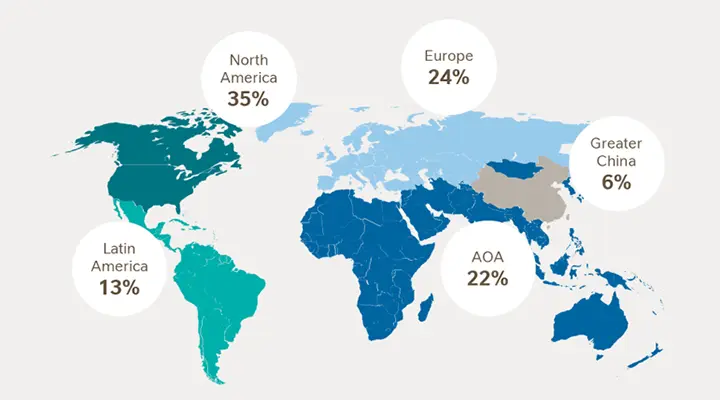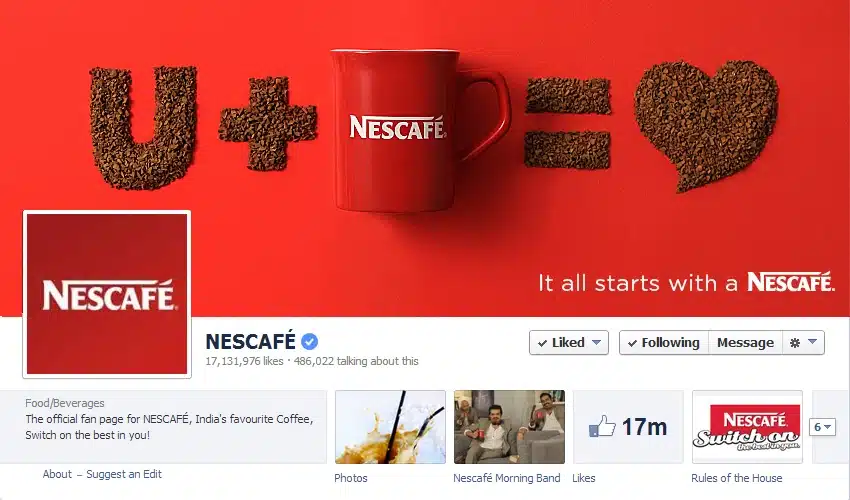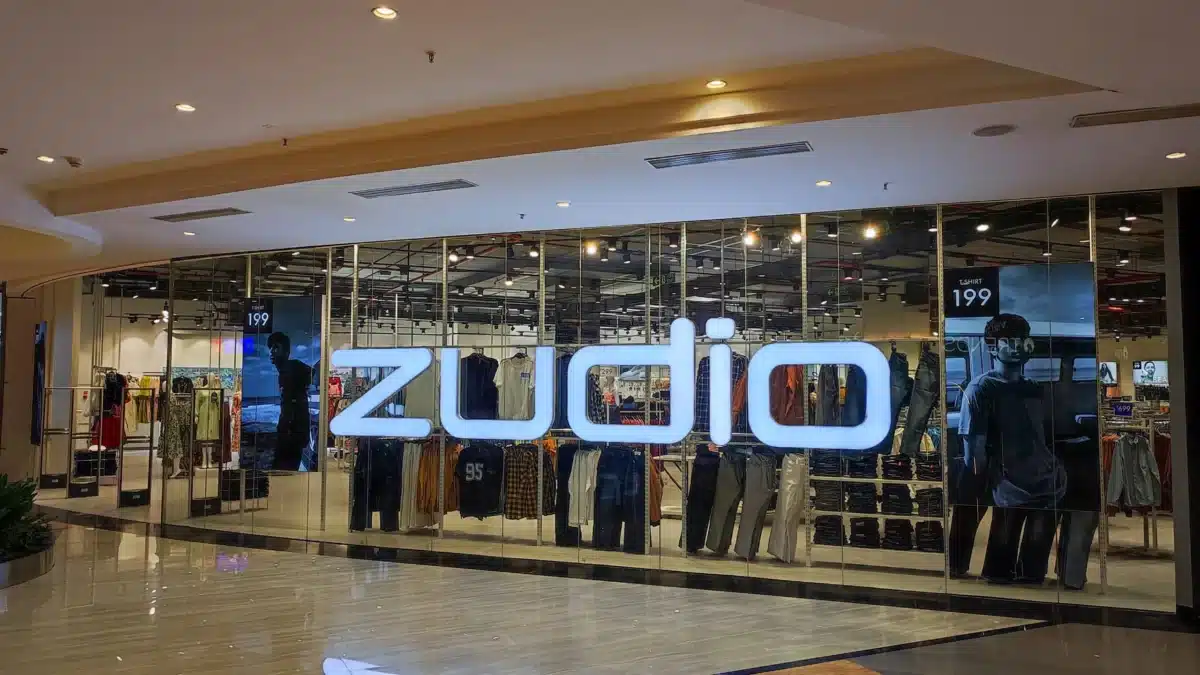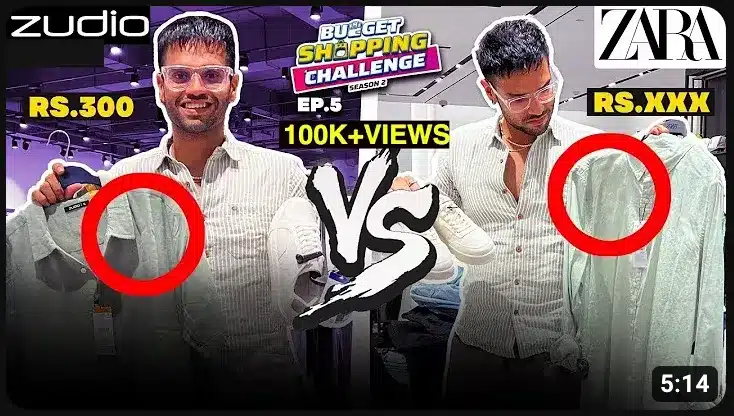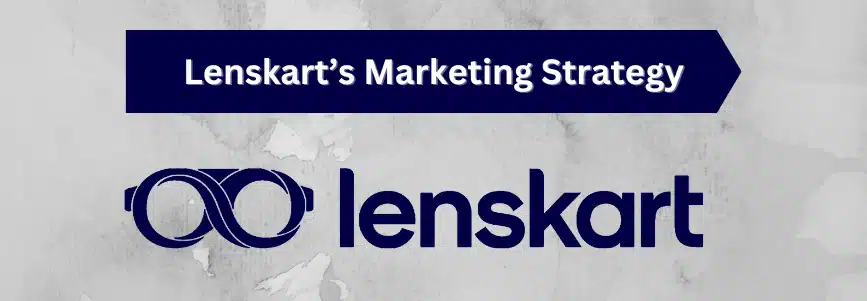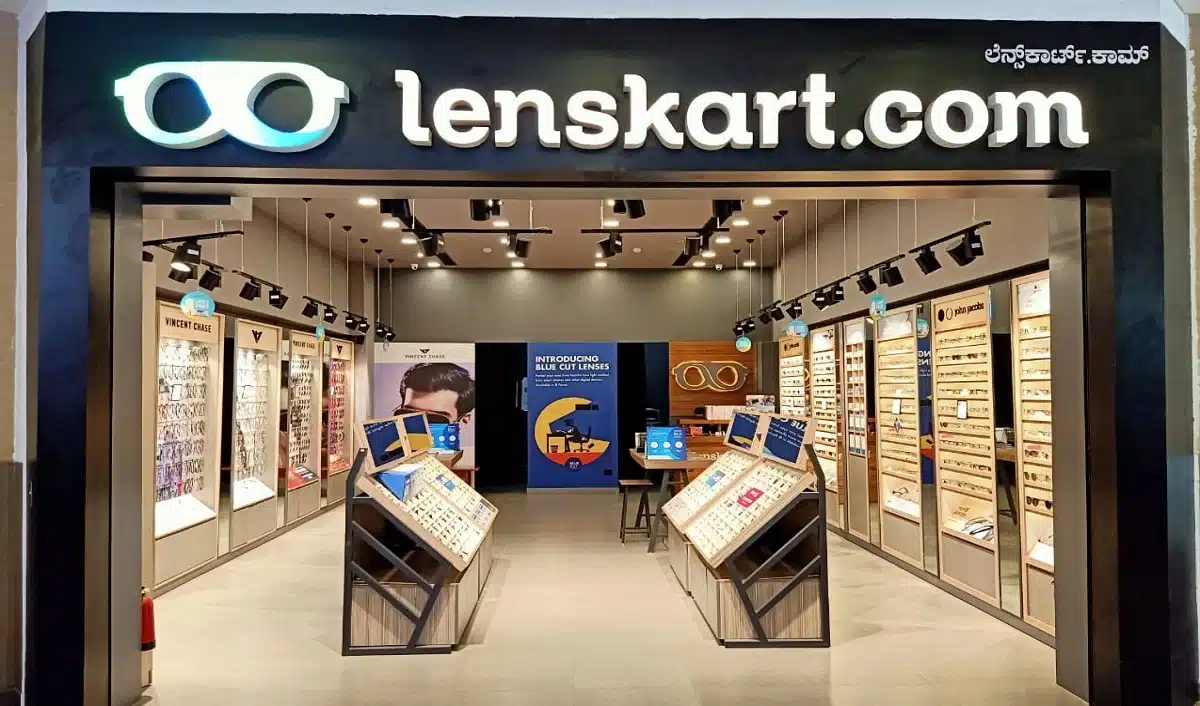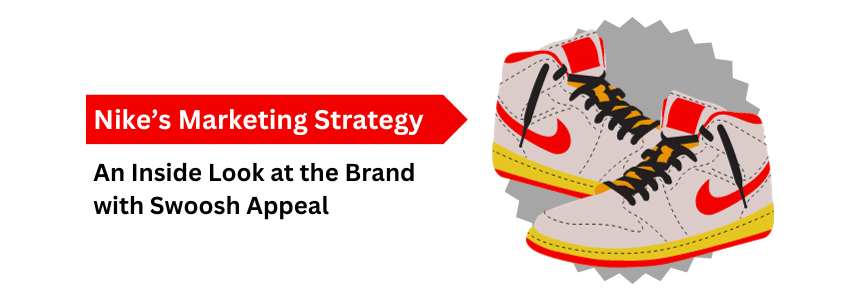Maggi noodles are one of India’s most iconic food brands. Launched in India in 1982 by Nestle, Maggi has built a powerful emotional connection with consumers across generations. This article will analyze the versatile marketing strategies that have contributed to Maggi’s leading market share and cult status.
Introduction
Maggi is the brand name for Nestle’s range of instant noodles, soups, sauces and seasoning products. Some key facts about Maggi:
- Originated in Switzerland in late 19th century, launched in India in 1982
- Maggi noodles created the instant snacks category in India
- Over 60% market share in the Indian instant noodles segment
- Manufacturing facilities across India producing 80,000 tons annually
- Offerings include popular variants like Masala, Atta and Cup Noodles
With its tagline ‘2-minute Noodles’, Maggi tapped into the need for quick, convenient cooking that fit modern Indian lifestyles. Maggi’s innovative marketing helped it become a household name across the country.
Maggi’s Target Audience
Maggi aimed to make in-home noodle consumption accessible to a mass market. Its core target audience includes:
- Price-sensitive lower middle class consumers
- Working professionals needing convenient meals
- College students living away from home
- Families seeking fast meal solutions for children
- Rural towns embracing processed foods
This broad target base allowed Maggi to drive extensive penetration. Adaptive marketing and localization further expanded Maggi’s appeal.
Product Strategy
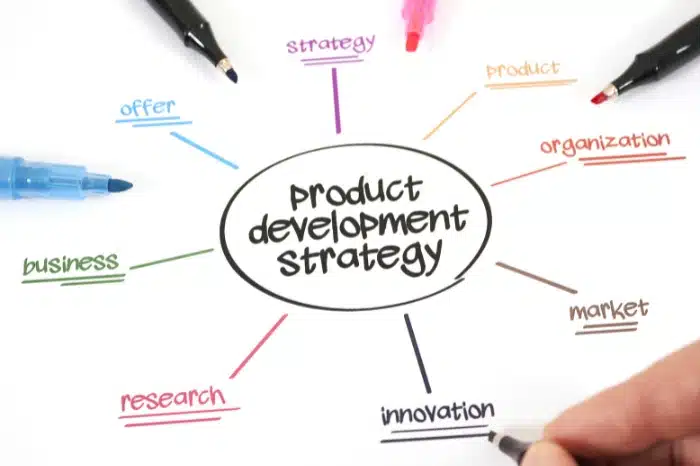
Maggi’s product strategy focuses on convenience, taste innovation and value:
Convenience
- Quick and easy prepares that saves time for consumers
- Long shelf life enabling storage at home
- Packaging innovations like Easy Out variant for portability
Taste
- Region-specific flavors tailored to local preferences
- New varieties like Masala and Atta for taste diversification
- Limited editions to generate interest like Chatpata Tomato
Value
- Accessible pricing even for lower-income households
- Single-serve and economy multipacks for affordability
- Bundled value packs with complementary products like sauces
These pillars allow Maggi to stay relevant to evolving consumer needs.
Pricing Strategy
Maggi has maintained affordable pricing despite inflation and rising costs:
- Introductory low prices in the 80s expanded category adoption
- Mass market packs like Maggi Magic priced attractively at Rs 5
- Minor price hikes over the years accounted for input costs
- Competitively priced against competitors like Top Ramen
- Strategic markdowns and promotions on multi-packs across channels
The value pricing helped Maggi gain significant market share.
Distribution Strategy
Maggi ensured widespread physical availability and retail visibility:
Distribution Network
- Vast distribution network reaching over 2,000 towns and cities
- Rural penetration supported by Project Shakti reaching villages
- Retail partnerships with kirana stores, supermarkets and hypermarkets
Visual Merchandising
- Eye-catching displays at points of sale like shelves and counters
- Advertising on store shutters and prominent signages
- Shelf talkers, danglers, and wobblers for in-store visibility
Omnipresence at retail made Maggi India’s first food brand with near 100% reach.
Also read – DISSECTING NYKAA’S MARKETING STRATEGY: 2023
Promotions Strategy

Maggi used 360-degree promotions to enter pop culture:
TV Advertising
- Iconic ads like ‘2-minute noodles’ jingle that popularised convenience
- Emotional storytelling ads resonating with Indian values
- Celebrity ads with endorsers like Madhuri Dixit and Preity Zinta
Out-of-Home Advertising
- Billboards and visual merchandising at relevant touchpoints like colleges
- Transit advertising on modes like metro rail to target youth
- Sponsorships of youth-centric events and festivals
Digital Marketing
- Social media engagement with recipe contests and branded emojis
- Snackable digital video ads optimized for mobile consumption
- Online promotions like coupons and e-commerce buzz marketing
Through integrated promotions, Maggi built a strong brand identity.
Marketing Communications
Maggi’s marketing communications centre around convenience, everyday role and nostalgia:
Convenience Messaging
- Communicating quick prep times like ‘2-minute noodles’
- Positioning as an easy snacking solution for busy lives
- Showcasing portability and on-the-go consumption occasions
Everyday Connection
- Embedding Maggi as part of family bonding and togetherness
- Associating with typical Indian dayparts like breakfast and snacktime
- Depicting Maggi as a ritual passed across generations
Nostalgic Storytelling
- ‘Meri Maggi, Mere Waste’ and ‘Me and Meri Maggi’ ads tugging heartstrings by showcasing childhood memories
- Reminding adults of childhood nostalgia to drive re-purchase
- Evoking emotional connection through memories and rituals
This strategic messaging helped Maggi gain a special place in Indian homes.
Key Marketing Campaigns

Some memorable marketing campaigns that boosted Maggi’s equity:
‘2-Minute Noodles’ Jingle
The insanely catchy radio and TV campaign in late 1980s popularised Maggi’s convenience proposition. The ‘Fast to Cook, Good to Eat’ tagline and memorable music made this ad iconic.
‘Mood Bana Dost Joda’ Digital Campaign
2019 campaign with friendship-themed social videos, WhatsApp stickers and Instagram filters targeted youth and students. It became popular especially among college students.
Maggi Kitchens on YouTube
Series showcasing chef-led quick recipes using Maggi noodles to drive usage ideas and occasions. It presents Maggi as tasty and versatile.
#WeMissYouToo Campaign During Ban
In 2015, Maggi was banned temporarily but the brand engagingly maintained connection with consumers through this campaign. It kept Maggi’s memory alive while addressing concerns.
Strategic Partnerships
Relevant partnerships helped expand Maggi’s appeal:
Bollywood Associations
Tie-ups with celebrities like Madhuri Dixit and Preity Zinta heightened aspirational value for Indian consumers.
Cricket Sponsorships
Aligning with India’s most popular sport bolstered awareness. Associations included TV commercials during tournaments.
Food Delivery Partnerships
Listings on Swiggy, Zomato and other apps expanded consumption occasions and purchase triggers.
Co-branded Variants
Limited editions like a Masala Mania variant with comedian Kapil Sharma boosted buzz.
These partnerships enhanced Maggi’s brand presence across media and culture.
Conclusion
Maggi’s effective marketing strategies explain its enduring appeal and market leadership over 4 decades. Right from product innovation, emotional storytelling, retail distribution and strategic alliances, Maggi leveraged versatile marketing techniques that resonated with masses. The brand etched a permanent place in popular culture through smart combinations of convenience, taste and nostalgia. While recent controversies posed a challenge, Maggi’s strong brand equity and customer loyalty continued to make it India’s favourite two-minute meal. The marketing playbook devised by Maggi offers inspirational lessons for food brands hoping to win India’s hearts and minds.


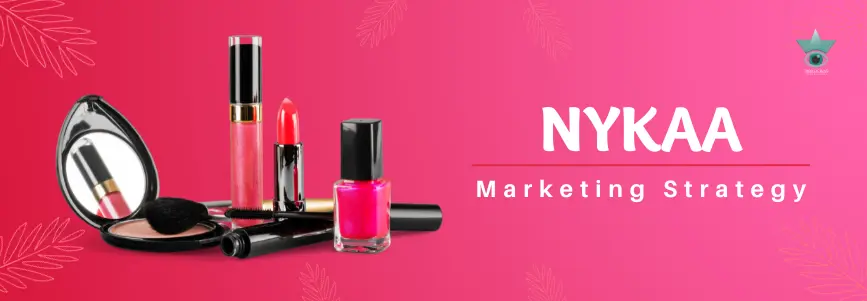

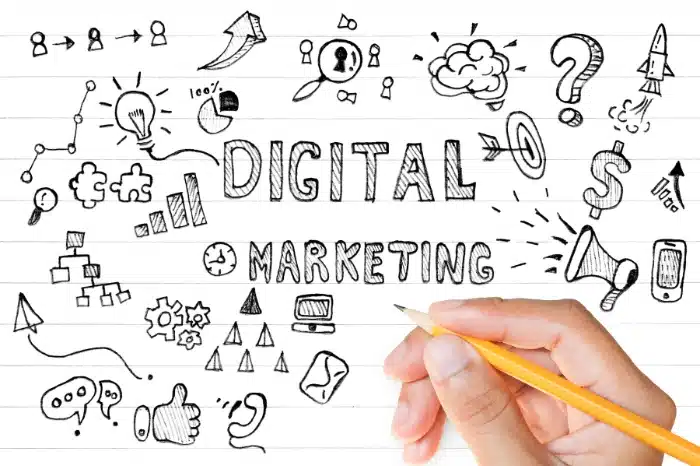


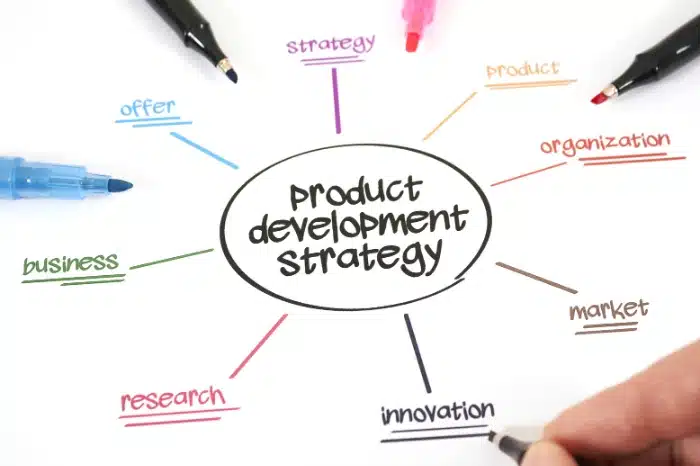







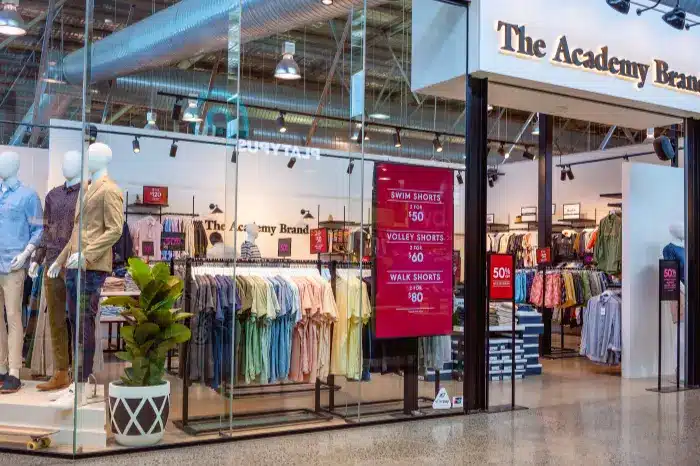





![Nestle’s Marketing Strategy [2023]: A Case Study of Global Success Nestle’s Marketing Strategy](https://thirdeyeblindproductions.com/wp-content/uploads/2023/10/Nestles-Marketing-Strategy.webp)

